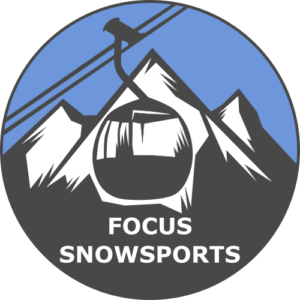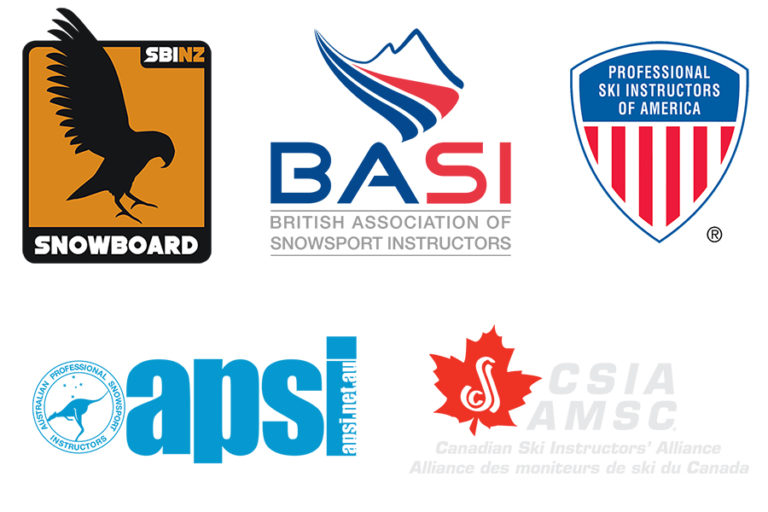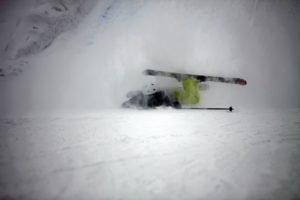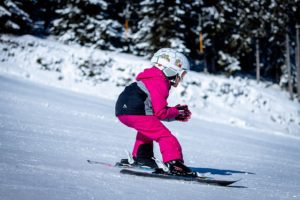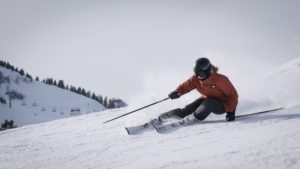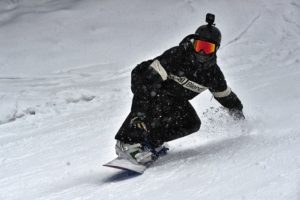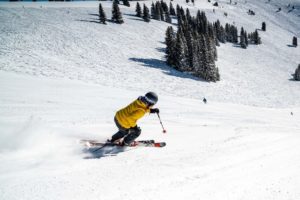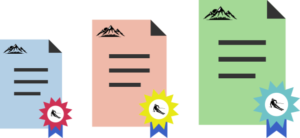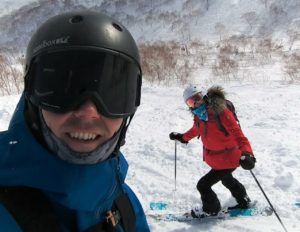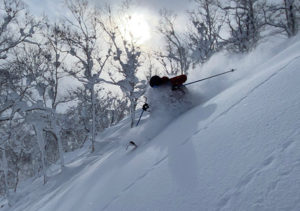There are many different snowsports instructor qualifications and systems to choose from. Many countries have their own national snowsports instructor system, and within those there are multiple levels to be qualified in. To become a ski or snowboard instructor, you’ll need to pick a snowsports qualification system and then progress though it. Although there are many countries to choose from, you can narrow down your options based on two things, where you are from and where you’d like to teach snow sports.
If you’re haven’t done so already, read our guide on becoming a ski or snowboard instructor here.
Which Snowsports Instructor System Should You Choose?
Popular options for instructors are Canada’s CSIA, New Zealand’s NZSI, Britain’s BASI, to name a few (not all systems have a four letter acronyms). There’s a lot of similarity to the different national qualification systems. Sometimes the ski or snowboard terminology will be different, but many share the same skills and similar standards.
You’re free to choose almost any nationality’s snowsports instructor system. Often one system’s training and exams are even run in multiple different countries. Many people become qualified instructors in Japan under the New Zealand, Australian or Canadian systems for example. The qualification system is very international, just like teaching skiing or snowboarding is.
Which Country’s System is Right for You?

If you’re from a skiing country, you might want to consider your own national snowsports instructor system. It can be more cost effective to train in your own country, but there’s nothing stopping you from choosing another. If choosing another, consider where you would like to teach.
While you can teach in many different countries with different qualifications, some nations do have more specific requirements. For example, if you want to work in France, there are two options. Being French qualified, or the highest certification within your qualification system and have completed a timed race test. If you have a very specific location in mind, it’s worth checking with that area what their requirements are, and then making sure your chosen qualification system has a pathway to that goal. For most working instructors though, it won’t make much difference as to which system you are in.
Another consideration you might have is again a more specific one. If you aim to be a ski or snowboard instructor trainer or examiner, you should research your system choice. When ski schools hire trainers for their instructors, they can hire trainers for any snowsports system, but may prefer those qualified under their own national system. This is so they can provide specific training for the exams that take place in that area.
What happens during a snowsports instructor exam?
How Do the Different Snowsports Qualifications Compare?
There’s a lot of equivalency between each snowsports instructor system. As qualifications go, no ski school would consider one better than the other on face value. They will of course look at your qualification level to see what you can teach and what your ability is expected to be.
Different Levels
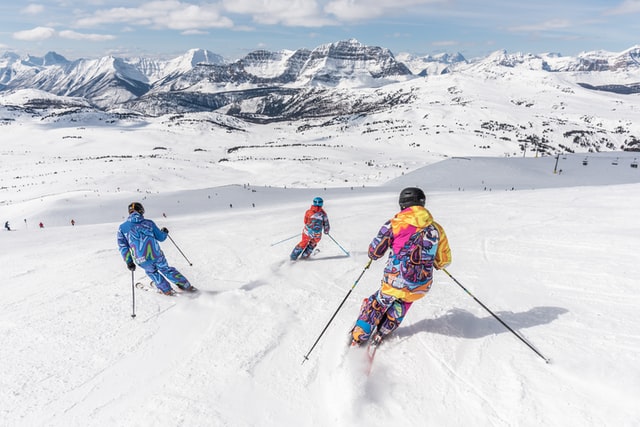
This is where instructor qualification systems do differ. Some have four qualification levels, others three, and some essentially have a “training instructor” and then a “fully qualified instructor”. The latter is more common in Alpine regions of Europe.
Comparing snowsports instructor systems with the same number of levels is fairly straightforward. There might be some minor differences within the levels but they are easily comparable. A level two Canadian qualification would be considered equal to a British level two, as an example.
Comparing three and four level instructor organisations is a little different. An easy way to understand it is that the top level of a level three system is considered very similar to a level four. A three tier system would have a steeper progression, and may have an additional trainer certification after level three.
More traditional snowsports instructor organisations that don’t have a level system are found in countries like France and Italy. If you’re booking onto a training course outside of those countries, you wont be qualifying in those organisations. Their system is a bit different to others and you don’t need to worry about that unless you’re living in those regions and are specifically going for their certification.
A Simple Guide to Snowsports Instructor Qualifications – See more about different ski and snowboard instructor qualification levels.
Different Terminology
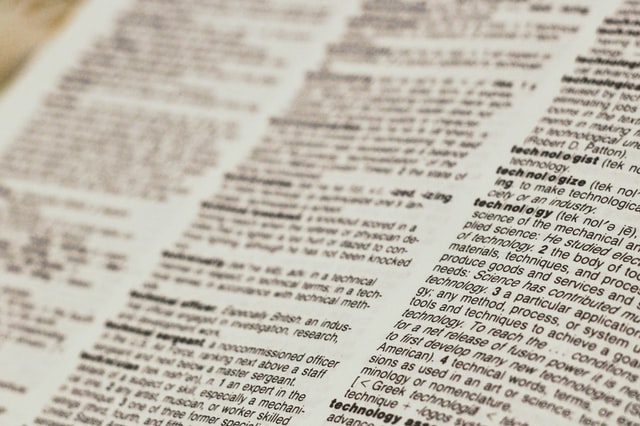
Snowplough, wedge, sideslip, basic position, basic stance, there’s lots of different snowsports terms and each organisation will use their own. It’s all very straightforward to translate though, you’ll notice this when you start teaching. Instructors may call things by a slightly different term but 99% of the time, we all understand each other clearly.
Ski drill names and technical teaching terms will be a little more different. You won’t be using these with guests though. They usually come up in your own training or when speaking with other instructors. Some clarification may be needed from time to time, but it’s similar to someone using a word you’ve heard before but aren’t sure of the exact meaning. Context and simply talking through the term will create clear understanding from one snowsports instructor system to another.
Am I Good Enough to be a Ski Instructor?
How Easy It Is to Switch Between Instructor Organisations?

It’s not unheard of for ski and snowboard instructors to change qualifications throughout their career. Some of the highest-level snow sports trainers have experience in multiple different systems. It can be a great way to pickup new ideas about skiing and snowboarding. It’s very achievable to switch qualification systems, and there’s lots of reasons why you might do this as a ski or snowboard instructor.
You might end up switching as you’re now teaching in a new country or you have different goals. Although you might have started your training and teaching in one location, there’s always plenty of opportunity around the world. To progress your qualifications, you might need to change depending which exams are available in your current or future location.
When switching from one snowsports instructor system to another, there will be some requirements. This depends on which system that you are looking to switch to. Your current qualification will be recognised but you may need to repeat the exam at your current level for your new system. Some systems allow you to migrate across and continue with the next level, others prefer you to repeat your current level so you can understand their system better. It really comes down to each organisation’s individual rules, but there’s nothing stopping you from switching.
When you start looking at ski and snowboard instructor training courses, you’ll see different qualification options. At first it can seem like a brand new piece of information to consider. But as you now know, there’s really not much difference between each country’s ski organisations overall. Some people might prefer one system over another, but each has extremely valuable information and methods of teaching skiing and snowboarding.
Have any questions, get in touch and we’ll be happy to answer them.
Check out our extremely useful guide about getting into the snowsports industry here: How to Become a Ski Instructor.
